Among the many movie sequels released throughout the years in the film industry, few have been able to successfully follow their original counterpart, making an even bigger splash along the way. Sometimes these sequels are filled with so much originality, and are so inventive, it is almost a complete shame to label the movie as such because it can stand alone without its predecessor.
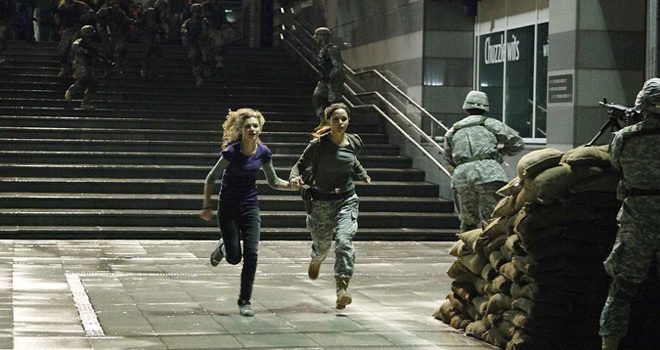
That in mind, back in 2002, Director Danny Boyle and Writer Alex Garland brought the UK 28 Days Later: a ferociously scary movie about a rage-virus infection that practically wipes out the entire population of Great Britain. Anyone who had not been infected were forced to fend for their lives and avoid the infection at all cost. Released in the North American market a year later, 28 Days Later put a fresh spin on the zombie-apocalypse genre by blending Sci-Fi and Horror together, whose mix scared the hell out of unsuspecting audience members. Also a box-office smash, having accumulated well over $45 million, domestically alone, it was also a sleeper-hit to many a Horror fan.
A movie that good seemed a tough one to follow, and if a sequel were to be made, how could it be done without mirroring every little aspect of the first movie? Though, in May of 2007, a sequel was released called 28 Weeks Later – and, in one fell swoop, it took the media and Horror fans by storm. Highly praised among fans of the first film, and well-reviewed by even the toughest of critics, 28 Weeks Later debuted at #2 during its official U.S. weekend release of May 11, 2007, bringing in almost $10 million domestically. From there it continued to rage in the theaters well on through the summer, ending its box-office run in August. While not making as big of a splash in the theater as its counterpart, it became an instant cult favorite and has been hailed as one of the most original sequels to ever grace the big screen.

A decade later, what set 28 Weeks Later apart from its predecessor is the heart of its story, which centers around a family torn by many different variables, while also being placed up against a backdrop of a country devastated by a rage-virus infection. This very idea caught the attention of Boyle and Garland, both of whom welcomed the idea with open arms. Boyle signed on to be an executive producer, too, and even took on the role as Director of Second Unit Footage for the first pulse-pounding opening scene. Whom it is to thank for such a unique twist on the 28 Days mythos, is none other than Writer/Director Juan Carlos Fresnadillo, whose 2001 film Intacto is what sealed the deal for Boyle to choose Fresnadillo as the director. Writers Rowan Joffé, E.L. Lavigne, and Jesús Olmo also helped bring to life Fresnadillo’s cinematic vision of an ever-looming dread lurking over an already-doomed Great Britain.
The new chapter in the series introduces Don (Robert Carlyle: Trainspotting 1996, Once Upon A Time series), and his wife Alice (Catherine McCormack: Braveheart 1995, Spy Game 2001), who have taken refuge within a remote cottage of London’s countryside during the events of the initial rage-virus breakout. What seemed like a peaceful night soon turns into a nightmare when the infected attack the safe haven. Don and Alice are then forced to flee the scene…but all cannot be that easy; for Don, in a cowardice reaction, leaves Alice behind to fend for herself as he saves his own hide, escaping free from the ensued massacre. Twenty-eight weeks has passed, Great Britain has been deemed free of the rage-virus, and a safe zone has been established called District One, at where Don works as a custodian. District One is allowing small groups of people back into the country.
Among the group are Don’s two children: Tammy (Imogen Poots: V for Vendetta 2005, Need for Speed 2014), and Andy (Mackintosh Muggleton: debut), both of whom were lucky enough to have been away at school in another country during the breakout of the rage-virus. They are also unaware of what really happened to their mother, for Don has told them an untruth about how she died. Furthermore, with kids being kids, Tammy and Andy sneak away from District One to visit their family’s old home just a few blocks away; only, instead of collecting old photos and memorabilia, they find Alice (aka Mommy), alive, but not all that well.
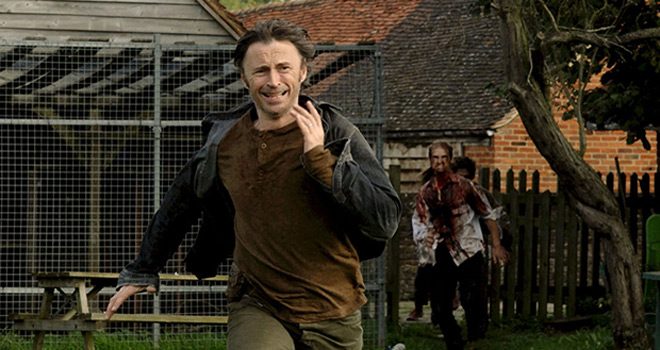
Without rehashing the entire plot, 28 Weeks Later is a fine example of how a sequel can outshine its original by complementing a story that has already been told. The idea of centering around a family whose turmoil unwittingly re-introduces the virus to an already-ravaged country was a brilliant decision by Fresnadillo. It opens strongly, settles down a wee bit here and there, and then lets loose a fury of chaos and complete frenzy. The movie creates a lot of tension, delivers many scares, and knocks at the walls of a beating heart begging sympathy for its characters.
Yes, there are thousands upon thousands of zombie films out there about how the dead rise from their graves with an utter appetite for feeding on human flesh. No matter what alleged “fresh spin” had been spun upon certain films of this trope, all it ever really did was beat the zombie genre even more into a flattened patty of beef, leaving nothing to satisfy even the hungriest of the undead. The idea of rotting, decomposed, rigor-mortised, undead bodies running around as if they had been exercising their limp, rotting limbs by running laps beforehand, will always be the silliest, most absurd thing to have ever happened to the zombie genre.
What works so well with 28 Weeks Later, though, and sets it apart from the “running-zombie” craze, is that living, breathing people who had contracted the infection of the rage-virus were turned into living, breathing, enraged, raving-mad lunatics that attack at will, infecting any who were not within their caste. Not once do they eat or crave the flesh of a human. These infected people do run, though, and very fast, too…and are mad scary. Instead of an ordinary, run-of-the-mill, boring take on a tired and beaten (dead) genre, 28 Weeks Later ups the amperage with its version of “running zombies.” In doing so, the movie begs the thought of how frightening it would be if such an infection were to break out anywhere in the world today.

In addition, the entire cast—including all the extras—are why 28 Weeks Later works so well to scare its viewers. Carlyle, in particular, is splendid as a cowardly Don, and immensely scary as an infected. His portrayal of a father dealing with agony, guilt, and then fury, is quite an amazing watch that demands attention every step of his way.
Rose Byrne (X-Men series, Insidious 2010) is fantastic as the medical doctor putting her life aside for the sake of Andy and Tammy; and Jeremy Renner (The Avengers series, Captain America series); who portrays a U.S. Army sniper, does an amazing job playing a person whose change of heart places him at the helm to keep them all safe. Poots and Muggleton play well together as kids, Tammy and Andy, respectively, and are not the typical, annoying, bratty clichés seen all too many times in many other movies. Instead, they are believable as scared kids trying to keep themselves alive, while they wonder what in the heck had happened to their world.
28 Weeks Later, when released, was a huge surprise because it was a lot better than most people were expecting. It is also a movie whose center-story overshadows the gruesome and horrific nature that lies within. This in mind, by no means has 28 Weeks Later changed the zombie craze, nor does it add to its redundancy. Although, it did put itself into its own caste that cannot be duplicated. Thanks to its originality, its scary goodness, and its sincere homage to its predecessor, 28 Weeks Later will continue climbing the ranks on lists of movies whose sequels were debatably better than the original for a very long time.
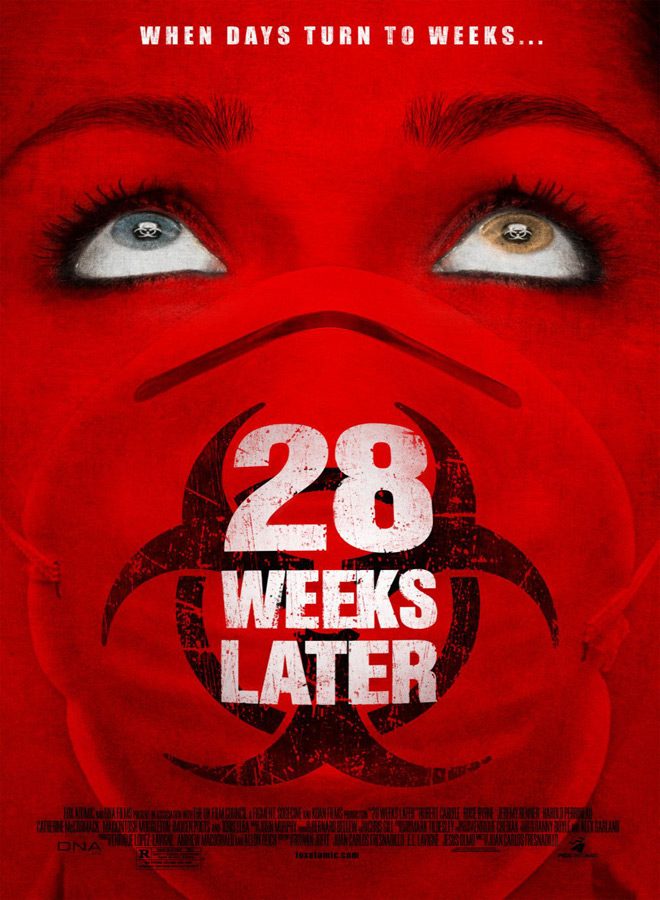

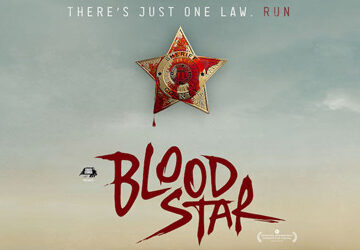
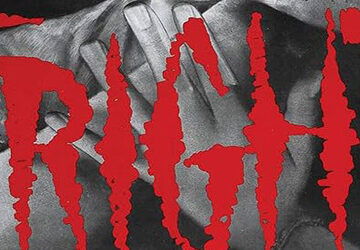


No comment